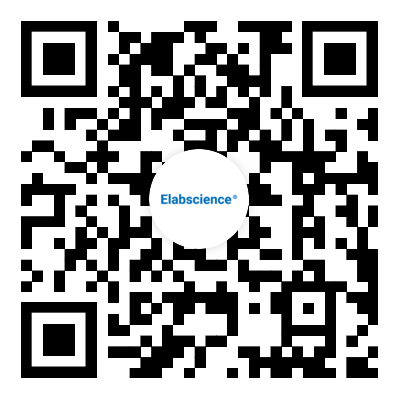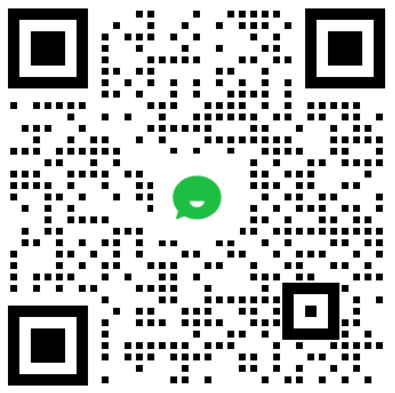Recombinant Swine CXCL11 protein(His Tag)
Price:
- 表达系统: E.coli
- 蛋白编码: NP_001121963.1
| 别称 |
Interferon Inducible T-Cell α Chemokine;I-TAC;B-R1;CXCL11;ITAC;SCYB11;SCYB9B
|
| 表达系统 |
E.coli
|
| 序列 |
Phe 22-Val 100
|
| 蛋白编码 |
NP_001121963.1
|
| 种属 |
Porcine
|
| 计算分子量 |
9.7 kDa
|
| 表观分子量 |
11 kDa
|
| 标签 |
N-His
|
| 纯度 |
> 98 % as determined by reducing SDS-PAGE.
|
| 内毒素 |
< 0.1 EU per μg of the protein as determined by the LAL method.
|
| 保存条件 |
Generally, lyophilized proteins are stable for up to 12 months when stored at -20 to -80℃. Reconstituted protein solution can be stored at 4-8℃ for 2-7 days. Aliquots of reconstituted samples are stable at < -20℃ for 3 months.
|
| 运输条件 |
This product is provided as lyophilized powder which is shipped with ice packs.
|
| 制剂 |
Lyophilized from sterile PBS, pH 7.4.
Normally 5 % - 8 % trehalose, mannitol and 0.01% Tween80 are added as protectants before lyophilization. Please refer to the specific buffer information in the printed manual. |
| 复溶方法 |
Please refer to the printed manual for detailed information.
|
| 背景 |
CXCL11, also known as I-TAC, SCYB9B, H174 and beta -R1, is a non-ELR CXC chemokine. CXCL11 cDNA encodes a 94 amino acid (aa) residue precursor protein with a 21 aa residue putative signal sequence, which is cleaved to form the mature 73 aa residue protein. CXCL11 shares 36% and 37% amino acid sequence homology with IP-10 and MIG (two other known human non-ELR CXC chemokines), respectively. CXCL11 is expressed at low levels in normal tissues including thymus, spleen and pancreas. The expression of CXCL11 mRNA is radically up regulated in IFN-gamma and IL-1 stimulated astrocytes. Moderate increase in expression is also observed in stimulated monocytes. CXCL11 has potent chemoattractant activity for IL-2 activated T cells and transfected cell lines expressing CXCR3, but not freshly isolated T cells, neutrophils or monocytes. The gene encoding CXCL11 has been mapped to chromosome 4.
|
实验操作视频
新品推荐
Recombinant Human IL-6 Protein (Fc Tag)
Recombinant Mouse BCR protein (His tag)
Recombinant Mouse IL6 protein(His tag)
Recombinant Rat IL2/IL-2/Interleukin-2 protein (His tag)
Recombinant SARS-CoV-2 Nucleocapsid Protein (His Tag)
Recombinant Human Fyn protein(His tag)
Recombinant Mouse CD96/TACTILE protein (His tag)










